
A guided—and illustrated—tour of Lake Park
February 11, 2021 | Topics: Events, Places
By Michelle Allison
Photos by Eddee Daniel
Winter in Milwaukee offers a range of natural wonders, from snow-covered fields to ice formations and sometimes a flurry of bird activity. This winter, Schlitz Audubon Nature Center is offering adults the opportunity to get outside with experienced naturalists and explore some of the many winter treasures found at the Center and the in the Greater Milwaukee area.
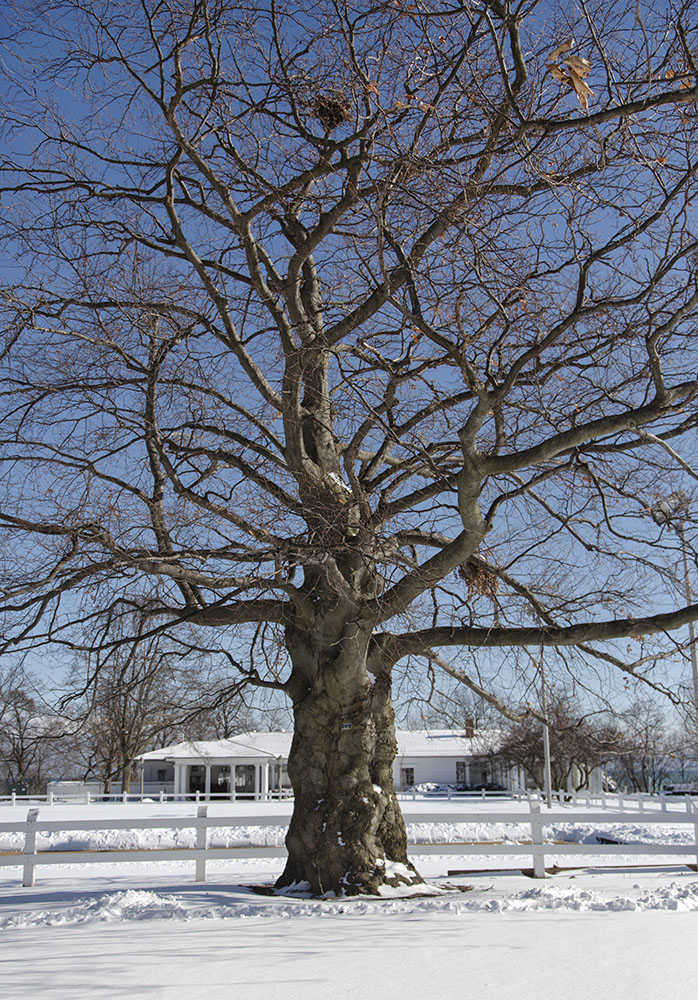
On January 27th, a group of winter explorers ventured out on a Schlitz Audubon field trip to Milwaukee’s historic Lake Park with Tom Finley, Director of Education, and Michelle Allison, Adult Programs Coordinator. When we arrived on a sunny Wednesday morning, we were greeted by a Red-tailed Hawk, who soared over the parking lot and landed on a nearby tree branch, likely waiting to make a meal of small mammals below the snow.
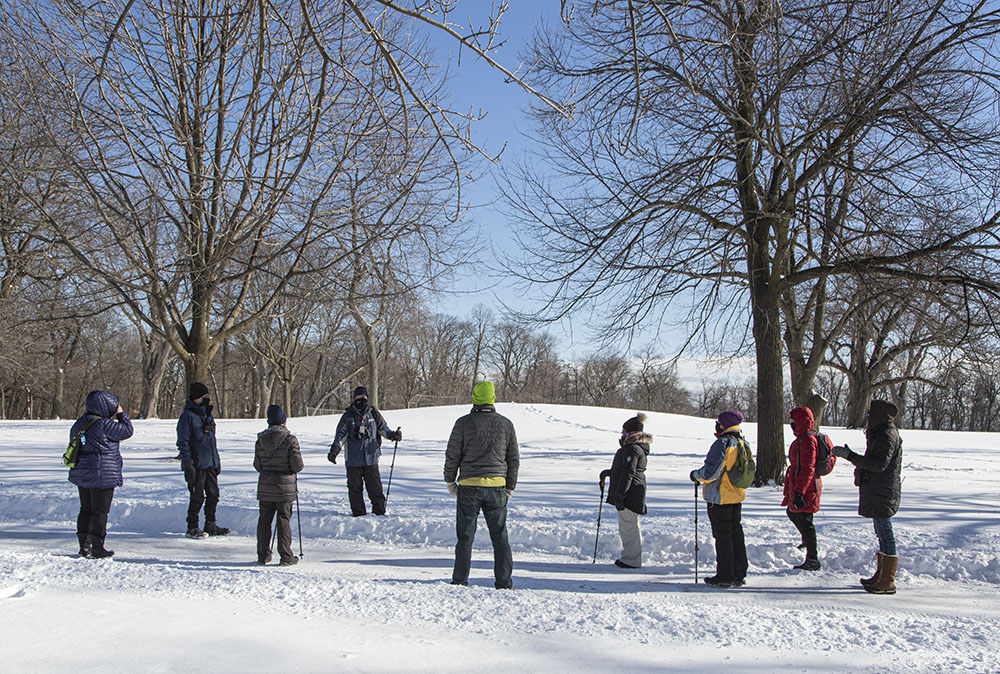
We headed north to discover an Indian mound, which was believed to have been built by peoples of the Middle Woodland Culture (300 BC – 400 AD). Not much is known about this conical burial mound, but it is Milwaukee’s last known remaining Indian mound.
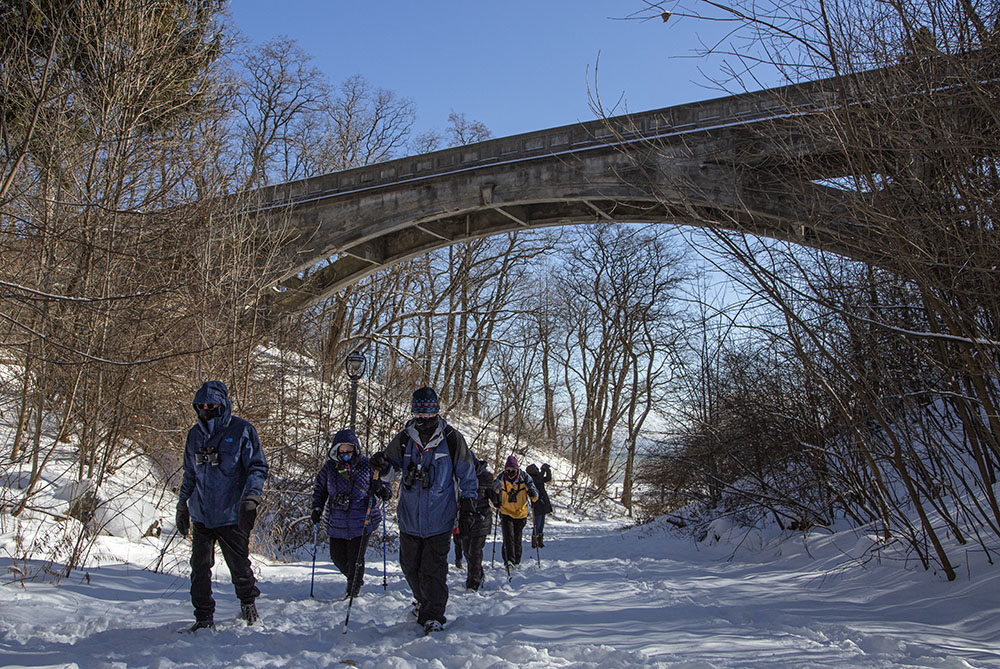
Plans to repair it are under consideration.
As we continued walking north, we witnessed some noisy crows mobbing another bird, possibly the same hawk we saw when we arrived. This is a common behavior for crows in which they band together to drive off a predator.

At the northwest corner of the park, a stone marker alerted us to a plaque from the National Register of Historic Places. Lake Park is considered a “designed historic landscape” because of its world-famous landscape architect, Frederick Law Olmsted, who also designed Central Park in New York. In 1889 the City of Milwaukee began working with Olmsted to create Lake Park, River Park (now Riverside Park), and West Park (now Washington Park). Olmsted’s vision for Lake Park emphasized the area’s natural beauty and provided an open space for people in the city to enjoy the restorative powers of nature.
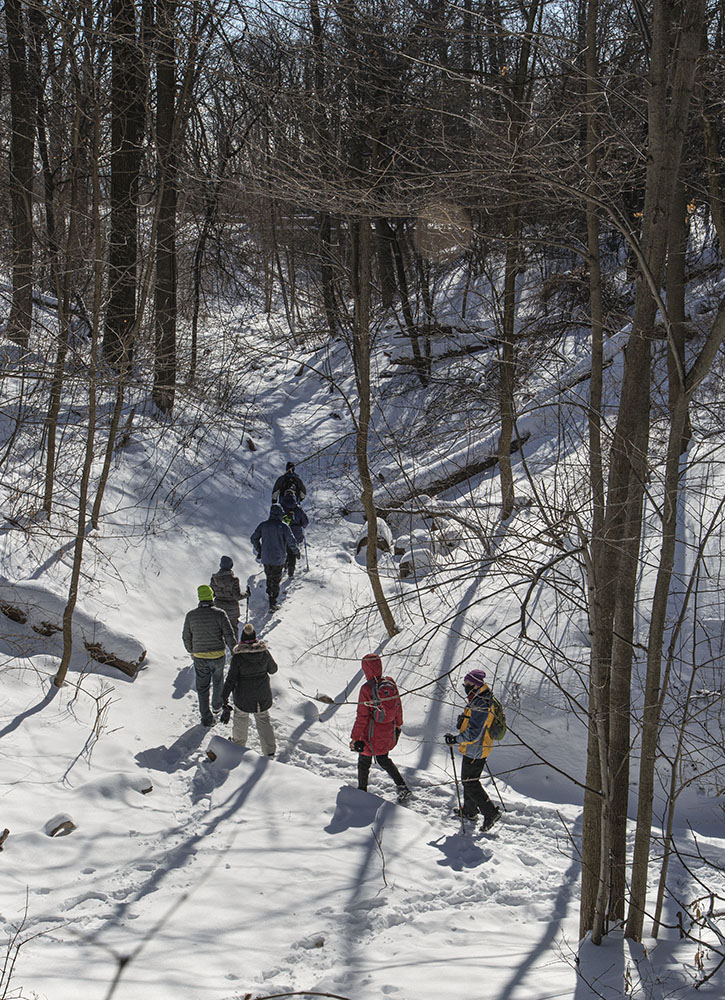
In continuing our hike, we marveled at the picturesque ravines, noting their similarity to the ravines at Schlitz Audubon Nature Center. At both locations, the ravines feature some of the oldest trees in the area because the ravines contain remnants of native forest, untouched by human development. We saw some familiar winter birds landing in and around these trees, like Black-capped Chickadees overhead in the canopy and Dark-eyed Juncos foraging on the ground.
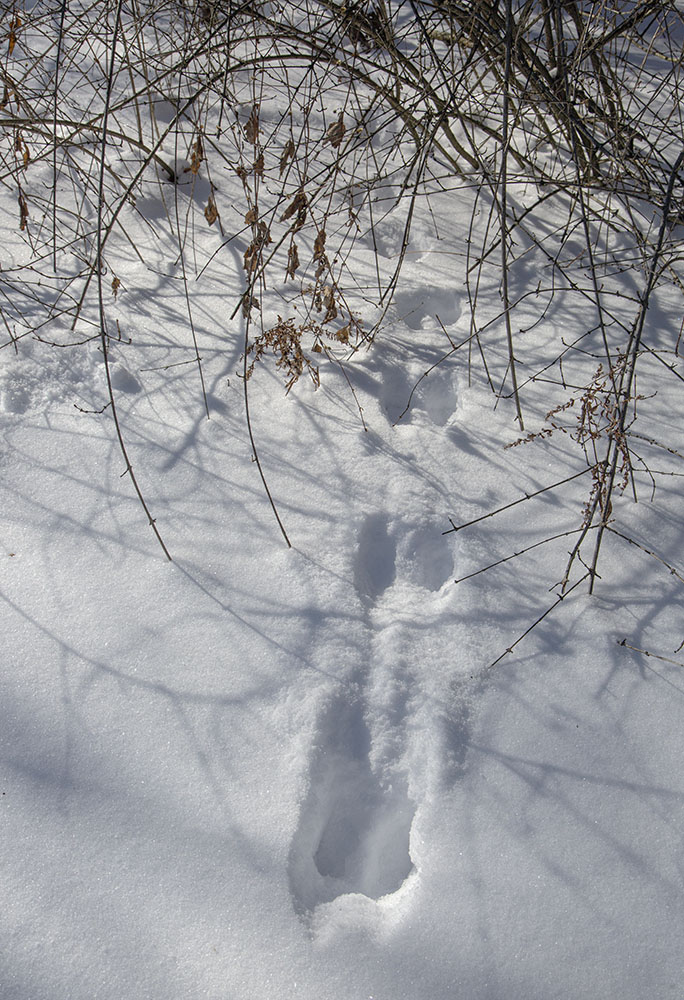
The ravines also appear to be a hotspot for wildlife, with many different animal tracks marking the fresh snow. We discovered the tiny tracks of mice and shrew emerging from their subnivean zone under the snow. We also compared the bounding tracks of squirrels moving between tree trunks with the galloping tracks of rabbits moving from the cover of one shrub to another. We even saw some coyote tracks climbing the steep slopes of the ravines.
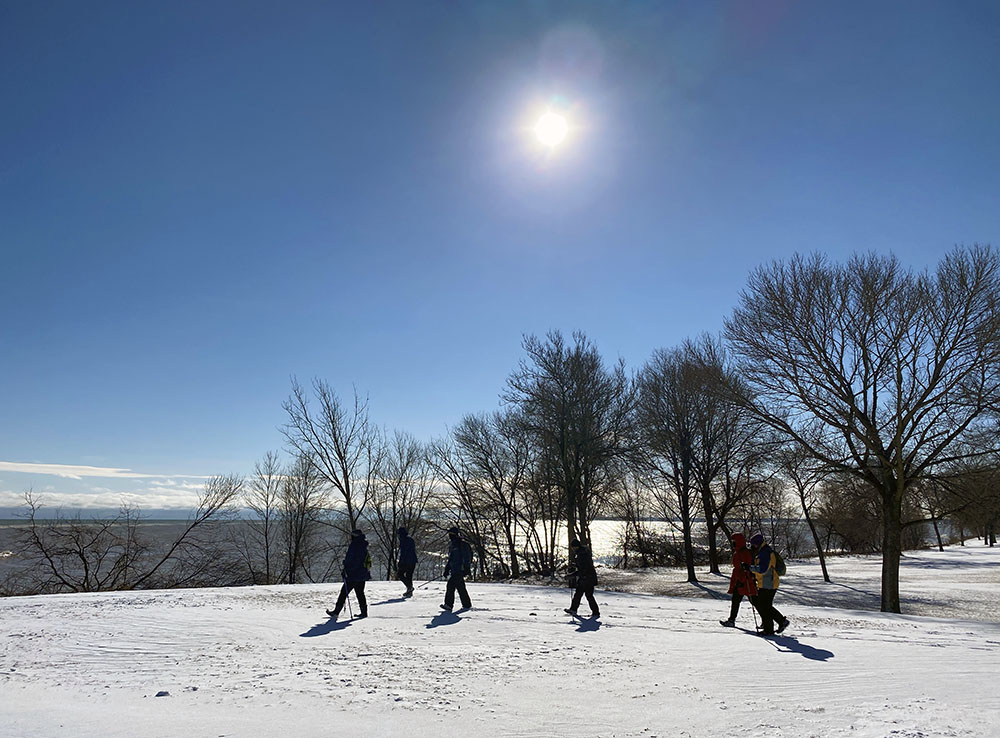
After we emerged from the park’s woodland habitat, we crossed Lake Drive to visit Lake Michigan’s snow-covered shoreline. Trekking across the field led us to snow drifts that at times were up to our knees. But it was worth it to see the lake up close, sparkling in the sun. From this view we could see several rafts of ducks, the closest containing dozens of Greater Scaup huddled together, mostly sleeping. There were also a few Buffleheads on the edge of the raft, diving below the surface looking for aquatic invertebrates to eat. As we got ready for our hike back up the hill, some Canada Geese flew right past us sounding their characteristic honks. We were ready to complete our winter excursion.
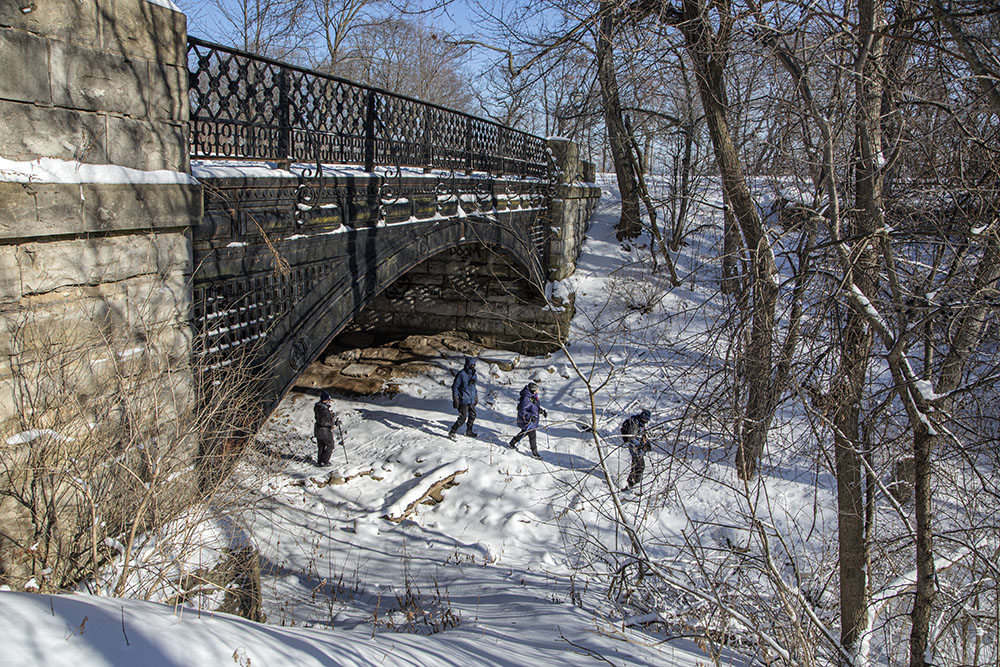


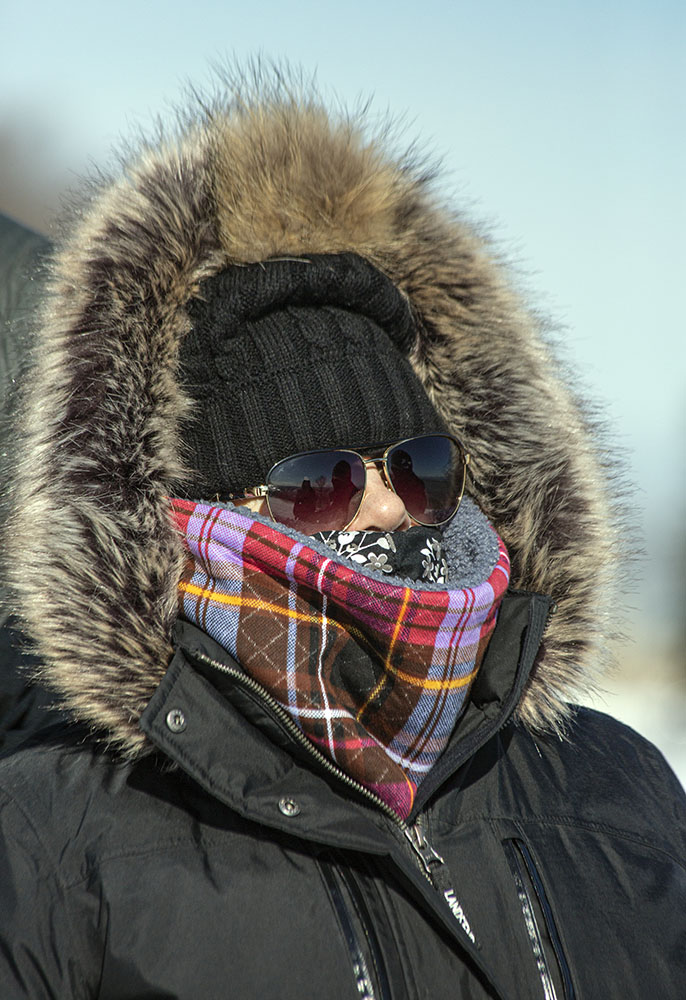
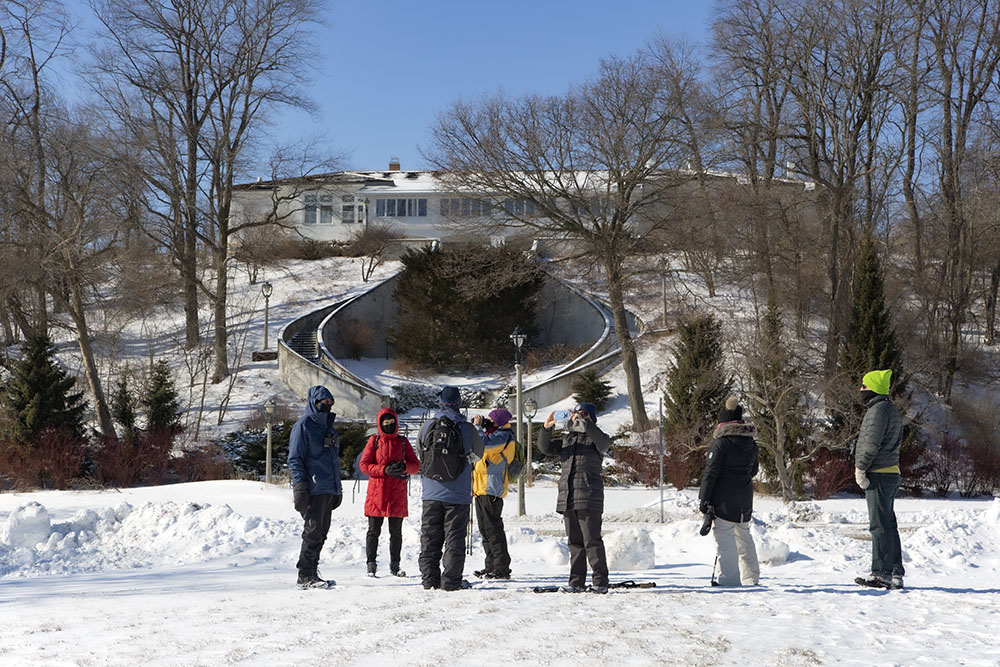
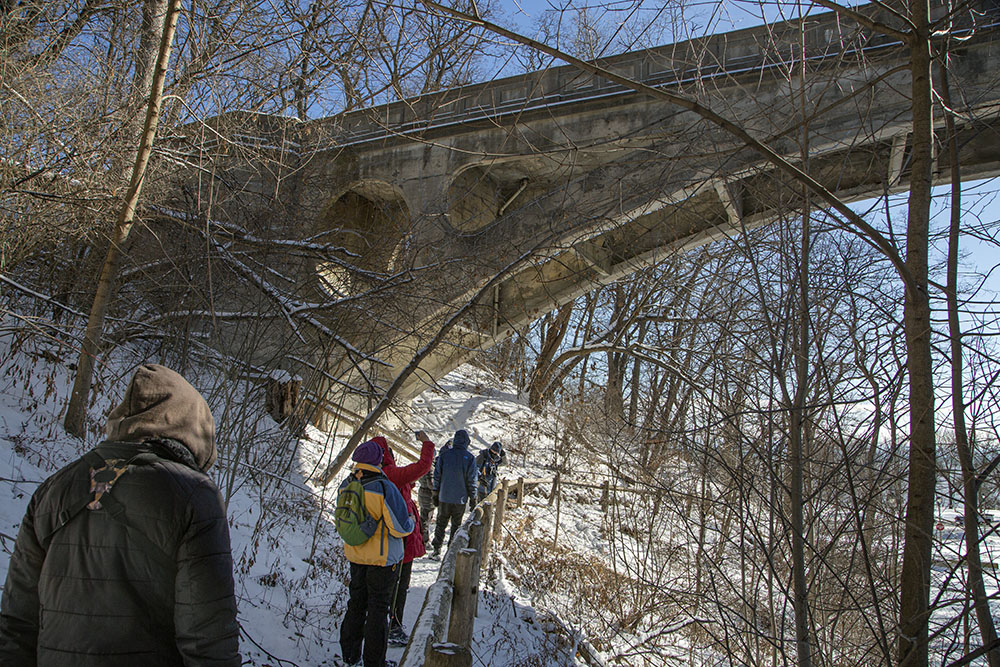
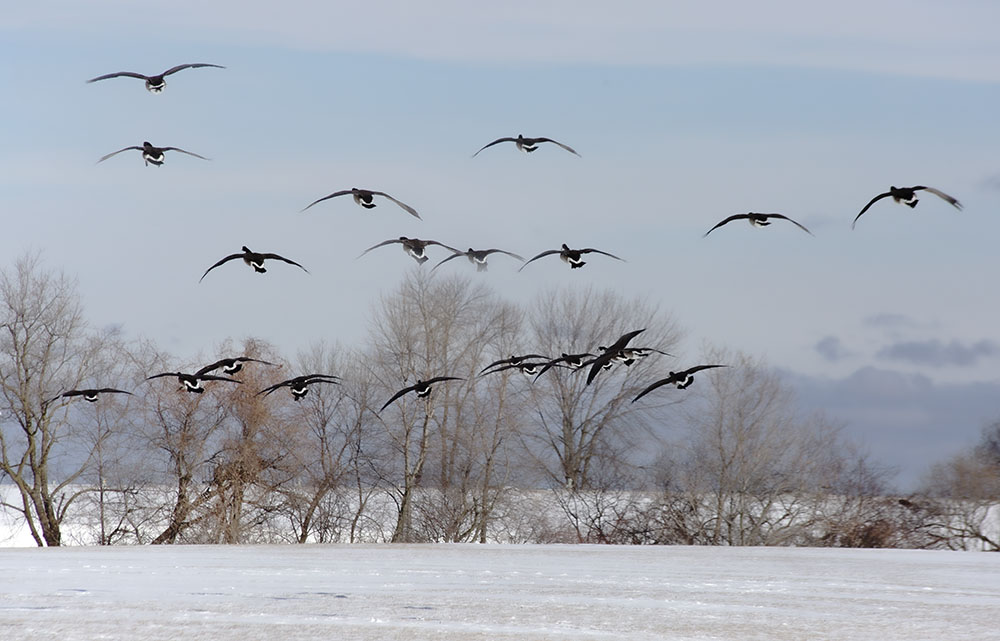
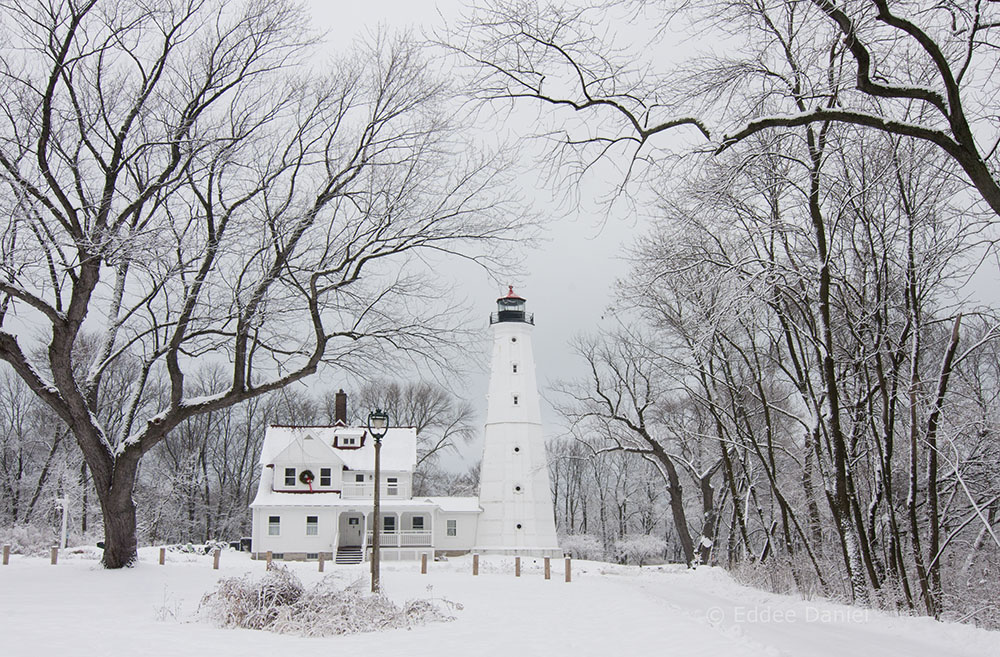
The next Schlitz Audubon lakeshore field trip will be at Milwaukee’s South Shore Park.
To learn more about Schlitz Audubon’s field trips and other adult programs go to the Schlitz Audubon website.
Michelle Allison is Adult Programs Coordinator at Schlitz Audubon Nature Center.
Eddee Daniel is a board member of Preserve Our Parks.
Schlitz Audubon Nature Center is a project partner of A Wealth of Nature.

